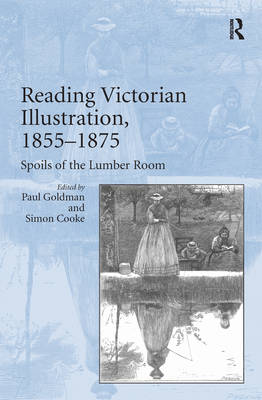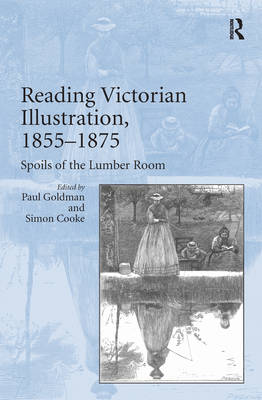
- Afhalen na 1 uur in een winkel met voorraad
- Gratis thuislevering in België vanaf € 30
- Ruim aanbod met 7 miljoen producten
- Afhalen na 1 uur in een winkel met voorraad
- Gratis thuislevering in België vanaf € 30
- Ruim aanbod met 7 miljoen producten
Zoeken
€ 102,45
+ 204 punten
Uitvoering
Omschrijving
In a reevaluation of that period in Victorian illustration known as 'The Sixties, ' a distinguished group of international scholars consider the impact of illustration on the act of reading; its capacity to reflect, construct, critique and challenge its audience's values; its response to older graphic traditions; and its assimilation of foreign influences. While focused on the years 1855 to 1875, the essays take up issues related to the earlier part of the nineteenth century and look forward to subsequent developments in illustration. The contributors examine significant figures such as Ford Madox Brown, Frederick Sandys, John Everett Millais, George John Pinwell, and Hablot Knight Browne in connection with the illustrated magazine, the mid-Victorian gift book, and changing visual responses to the novels of Dickens. Engaging with a number of theories and critical debates, the collection offers a detailed and provocative analysis of the nature of illustration: its production, consumption, and place within the broader contexts of mid-Victorian culture.
Specificaties
Betrokkenen
- Auteur(s):
- Uitgeverij:
Inhoud
- Aantal bladzijden:
- 240
- Taal:
- Engels
Eigenschappen
- Productcode (EAN):
- 9781138109544
- Verschijningsdatum:
- 25/05/2017
- Uitvoering:
- Paperback
- Formaat:
- Trade paperback (VS)
- Afmetingen:
- 156 mm x 234 mm
- Gewicht:
- 344 g

Alleen bij Standaard Boekhandel
+ 204 punten op je klantenkaart van Standaard Boekhandel
Beoordelingen
We publiceren alleen reviews die voldoen aan de voorwaarden voor reviews. Bekijk onze voorwaarden voor reviews.











